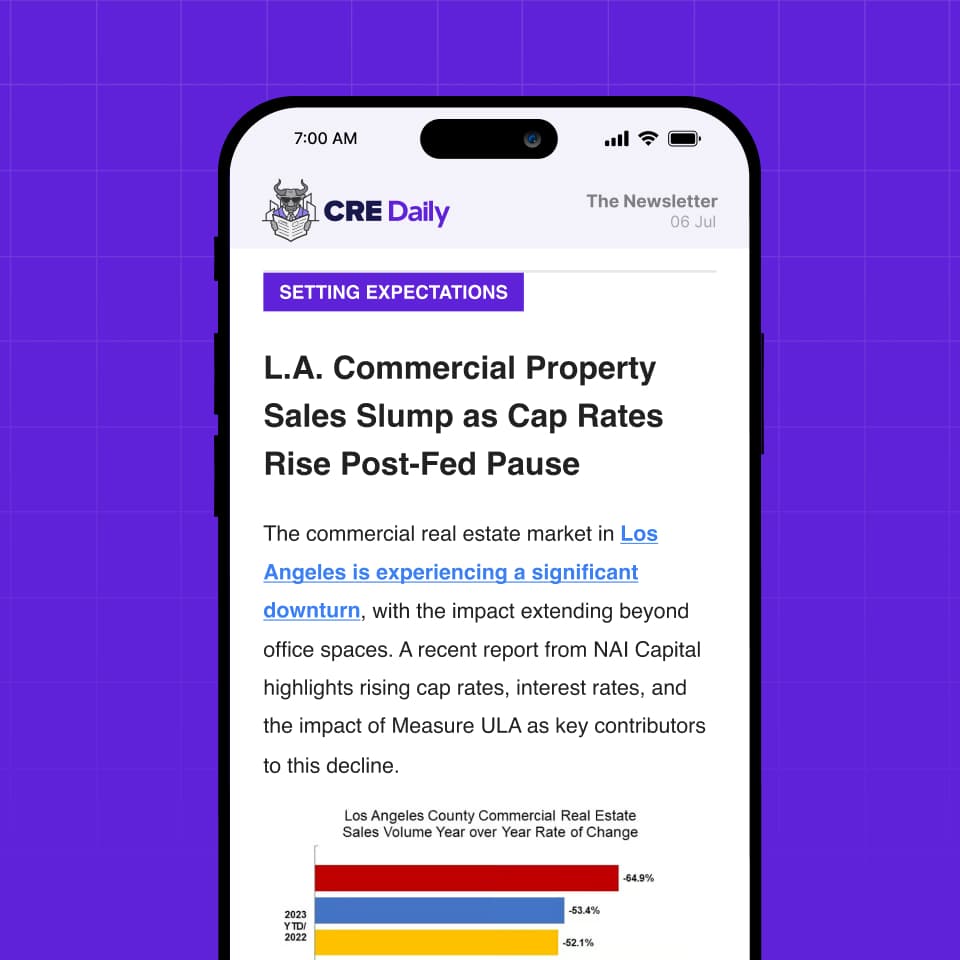- Carried interest is taxed at 20% plus a 3.8% net investment income tax, compared to the 37% top income tax rate.
- Bipartisan efforts to close the loophole have faced strong opposition from private equity and hedge fund lobbyists.
- The 2017 Tax Cuts and Jobs Act extended the required holding period for long-term capital gains treatment from 1 to 3 years but did not eliminate the loophole.
- Closing the loophole would raise an estimated $13B over 10 years, a small amount compared to the trillions needed to fund Trump’s broader tax agenda.
President Trump wants to get rid of the carried interest tax break, which allows private equity, hedge fund, and venture capital managers to pay lower taxes on some earnings, as reported by CNBC.
Some Context
Carried interest is a share of profits that investment fund general partners receive as compensation. Unlike regular wages, which are taxed as ordinary income, carried interest qualifies for the lower long-term capital gains tax rate if held for more than three years.
For top earners, this means a 20% tax rate plus an additional 3.8% net investment income tax, compared to the 37% top income tax rate for regular earnings. While investment managers also receive management fees taxed as ordinary income, carried interest often makes up the bulk of their earnings.
Bipartisan Support
Critics argue that carried interest should be taxed as regular income, rather than benefiting from capital gains treatment. The issue has surfaced in both Republican and Democratic tax proposals, though industry lobbying has repeatedly stalled major changes.
“It’s come up again and again on a bipartisan basis,” said Garrett Watson, director of policy analysis at the Tax Foundation. “But there’s been consistent pushback from industry lobbyists.”
The American Investment Council, a trade group representing private equity firms, defended the existing tax structure, saying it “supports jobs, workers, small businesses, and local communities.”
Get Smarter about what matters in CRE
Stay ahead of trends in commercial real estate with CRE Daily – the free newsletter delivering everything you need to start your day in just 5-minutes
Closing The Loophole
Trump previously pledged to eliminate the carried interest tax break during his first term. However, the Tax Cuts and Jobs Act of 2017 only made a minor adjustment, extending the required holding period for long-term capital gains treatment from 1–3 years.
A proposal in the Inflation Reduction Act of 2022 sought to extend the holding period to 5 years, but industry resistance helped block the change.
“The carried interest loophole is a fascinating challenge,” said tax expert Steve Rosenthal. “Everyone wants to close it, except private equity executives.”
Will Trump Succeed?
The renewed push to end carried interest tax breaks comes as Republicans seek new revenue sources to offset tax cuts and spending priorities. However, experts argue that closing the loophole would generate relatively little revenue compared to broader tax reforms.
The Congressional Budget Office estimates that taxing carried interest as ordinary income would reduce the federal deficit by $13B over 10 years—a fraction of the cost of Trump’s proposed tax extensions.
With strong industry opposition and limited revenue impact, the fate of the carried interest tax break remains uncertain. However, its status as a long-standing political target ensures it will remain a topic of debate in tax policy discussions.

















